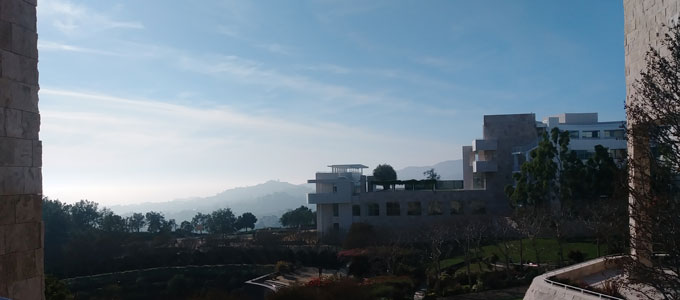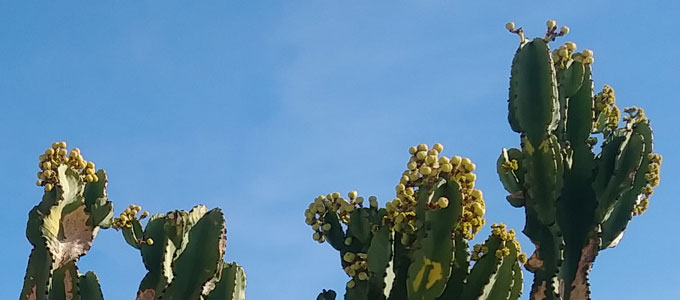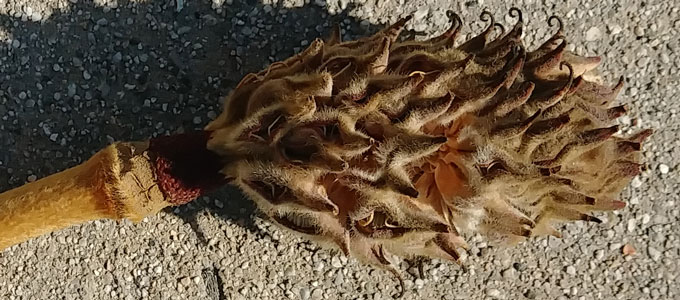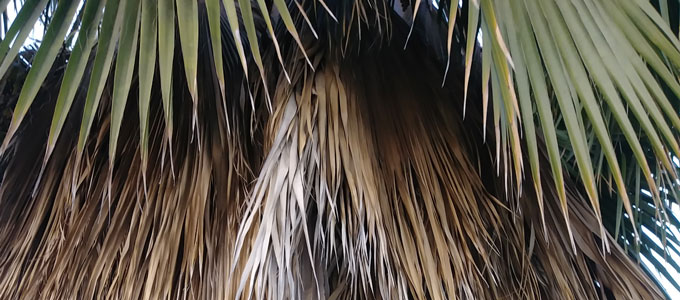|
A biweekly newsletter from the Anthroposophical Society in America
 |
|
January 2, 2021
Dear Members & Friends,
Everyone seems glad to put “2020” behind us, though our challenges are not over. At least we can catch our breath a moment, and gather in a larger cosmic context from these “twelve holy nights.”
This New Year’s edition will be brief, a short note on an upcoming course, plus some further thoughts on music and a treat from the internet.
First we want to alert you to a new online offering from our program folks starting at the end of the month. “Die and Become ~ Bridging the Sacred Threshold ~ An Interactive Workshop Series with Linda Bergh and Jolie Hanna Luba.” will be four ninety-minute programs, Saturdays at noon ET, 9am PT, Jan 30, Feb 27, Mar 27, Apr 17. Here’s the short description:
“Today’s world often disconnects and disenfranchises us from death, bringing fear and feelings of loss and separation. In the last century, birth and death were removed from the home and taken to the hospital. The distance from the home made death such a taboo that people are afraid to even talk about it.
“However, indigenous knowledge and Rudolf Steiner’s spiritual science bring us into deeper connection with our own journey with life and death, and into a deeper connection to the spiritual world with those who have crossed the threshold.
“This series is an opportunity to make time in a safe space to explore the theme of death and dying. Sessions will focus on group participation and personal reflection. Sessions will be recorded but live attendance is preferred. Journey with us in community, we hope to see you there!”
Look for the email with details, coming soon.
|
|
 |
|
Beethoven and becoming human
Last time we shared a link for Beethoven’s 250th birthday, December 16th, and quoted from a 1970 copy of The Golden Blade. Dr. Eugen Kolisko was quoted about Beethoven and the legendary figure of Prometheus: “I was deeply impressed when, some time ago, I heard from a very well-known musician that, in a personal conversation he had with Rudolf Steiner, the latter said: ‘Beethoven is Prometheus.’”
Music lovers may know that Beethoven actually wrote one ballet, in 1801, called The Creatures of Prometheus, of which the overture is played occasionally. The full ballet is rarely heard. It presents a Prometheus who creates two creatures out of clay and steals fire from the gods to bring the pair to life. Finding them still a disappointment, he brings them up to Olympus where they receive an aesthetic education, music dance and drama, and so become fully human! (Teachers and art therapists may smile knowingly here.)
Schiller’s On the Aesthetic Education of Man was written in 1894 and was surely known to Beethoven. [An overview here.] In the disappointing first years after the French Revolution, when a reign of terror replaced the high ideals, Schiller proposed that the artistic “play-drive” (Spieltrieb) must unite with the otherwise too-cold intellectual drive (Formtrieb) to raise humanity above the merely sense drive (Stofftrieb). This is a crucial idea for Rudolf Steiner and his disciplined Imagination—a faculty which can lead beyond our present impasse, where the sensual and intellectual threaten to lock human beings into a thrill-seeking materialism. (Not to overstate anything!)
Well a piece of good news around Beethoven’s birthday is that the splendid player-owned Philharmonia Orchestra of London, which had already done much with digital technology before the pandemic, has given us (without the usual YouTube commercials) a full performance of his Prometheus ballet with a fine narrative of the story interspersed and illustrated. The sound and video are excellent, and it will be an hour and a half well spent. Here is the link.
|
|
 |
|
Music and the spirit
It is worth saying a bit more about Beethoven and music. The music theme of the finale of Creatures of Prometheus, when their humanization has been accomplished, is a theme which Beethoven worked with repeatedly over the years 1801-1804. It is the subject of the finale of his famous Eroica Symphony, as well as a substantial piano work, commonly called the Eroica Variations (you can listen to it here, played by Katherine Chi at Boston’s Gardner Museum), and a contredanse, all in the elevating, noble key of E-flat major.
Late in 1802 came Beethoven’s crisis over his increasingly isolating deafness, and this was also the time of transition into his second, Romantic period of compositions. December 1803 brought his important thirty-third birthday, and the Eroica Symphony was ready for its first rehearsals a few months into 1804. In just these years, from the ballet to the symphony, the young man known as a piano virtuoso had to rethink himself. Deafness would end his performing career. The story of Prometheus which he had set to music described the path he took forward. A musical Prometheus, Beethoven became an educator of human feelings, a leader of civilization. And keep in mind that Beethoven is as deep in his tenderness, kindness, and sympathy as in his explosive revolutionary and Romantic aspirations.
As noted last time, we will be talking a bit more in the next printed issue about Beethoven and about music. I had heard that Rudolf Steiner remarked in his last years that if he had had it all to do over again, he would have devoted more energy to music. But I recently revisited in Meeting Rudolf Steiner the article by the great orchestra conductor Bruno Walter (1876-1962), who became an anthroposophist late in life. Walter quotes a passage from a Steiner lecture given in November 1906 in Berlin:
“We can now understand wherein the deepest significance of music lies, why all who know the inner relationship of things concede to music the highest place among the arts, why music touches and makes the deepest strings in our soul resound.
The higher world is man’s original homestead and the echoes from this native world, the world of the spirit, resound for him in the harmonies and melodies of the physical world. They permeate this lower world with intimations of an existence filled with glory and wonder; they move his innermost being and thrill it with emotions of purest joy, of loftiest spirituality, such as this world cannot give him.
Painting speaks to his astral, or sentient nature, but the world of music speaks to his very inner being. And as long as man is not yet an initiate, his home world, the world of spirit, is given him in music.” (Emphasis added.)
Beethoven may be considered an “anthroposophist before anthroposophy,” and we can take satisfaction that his work is still very much alive today, and working creatively everywhere.
|
|
 |
 |
 |
|
The photos this time are from Southern California, taken around this time of year.
Thank you for reading, and be well!
John Beck
Editor, being human
editor@anthroposophy.org
Anthroposophical Society in America
|
|
|